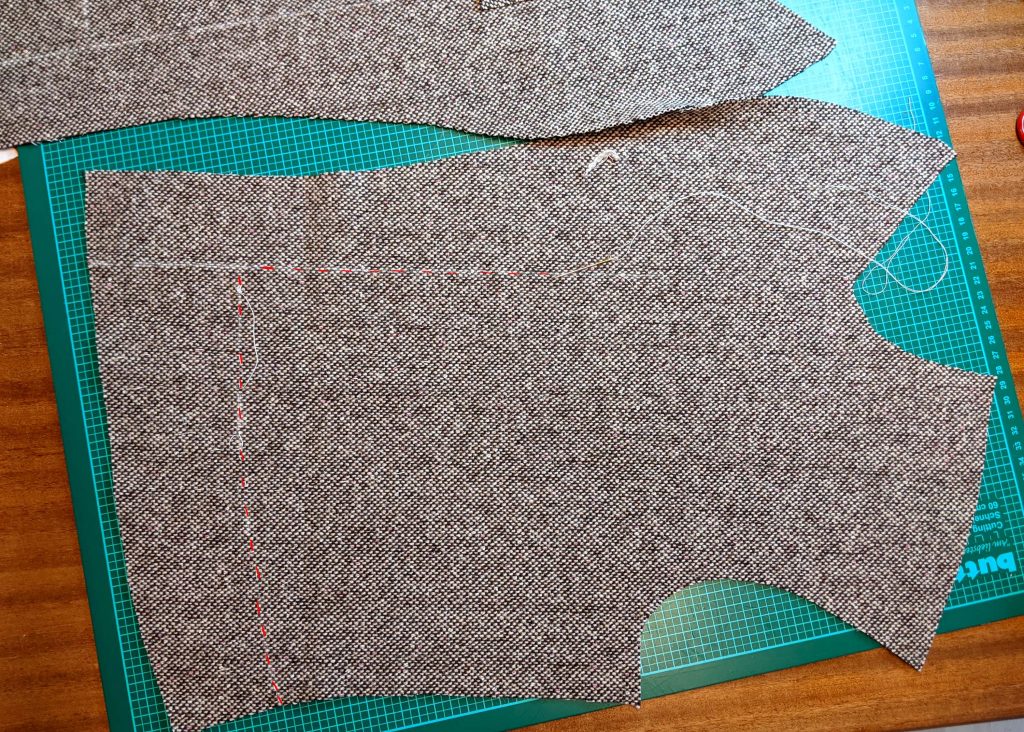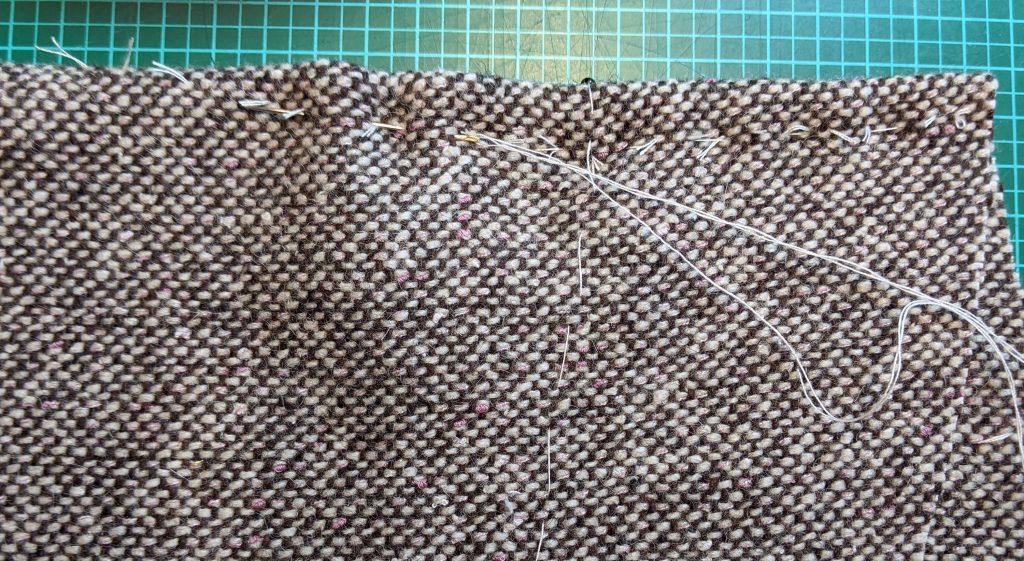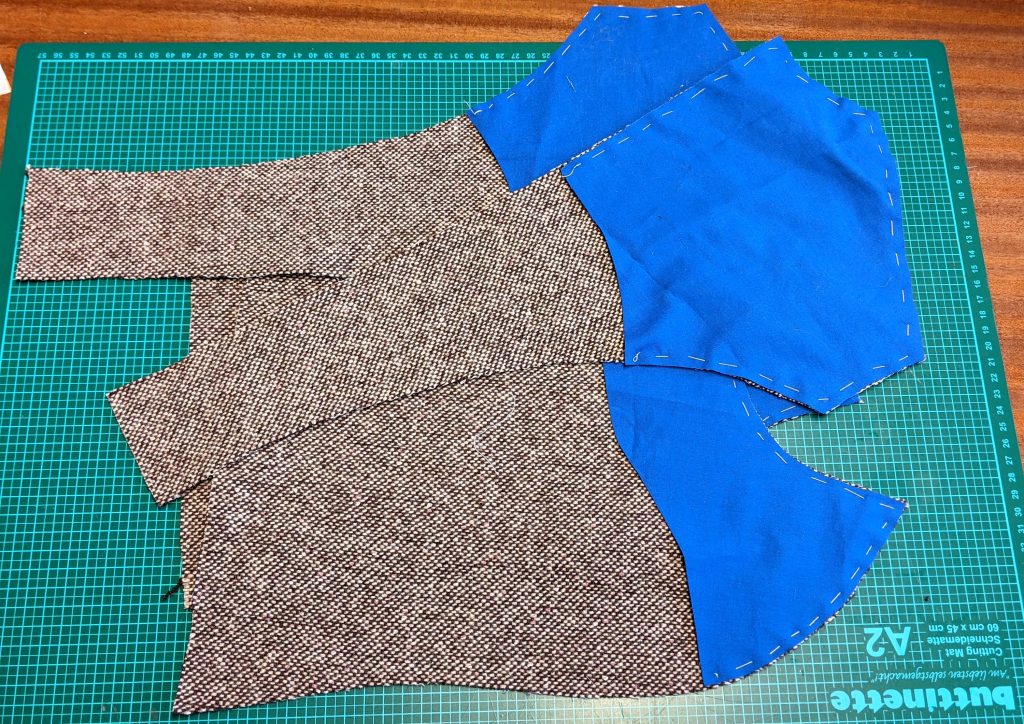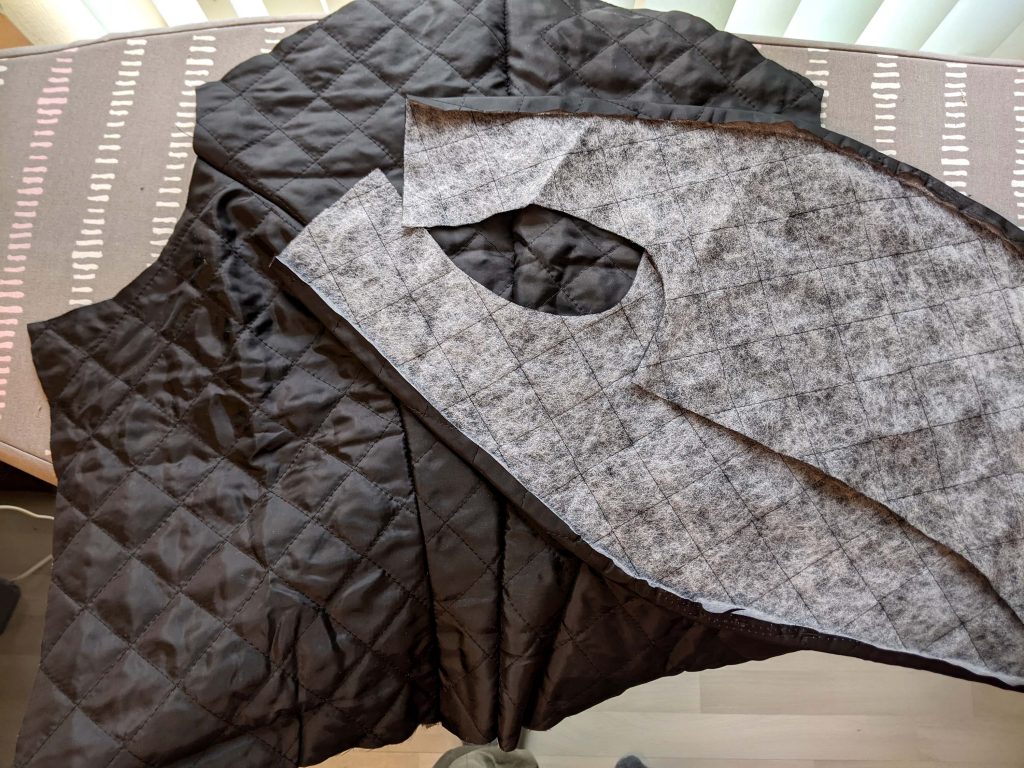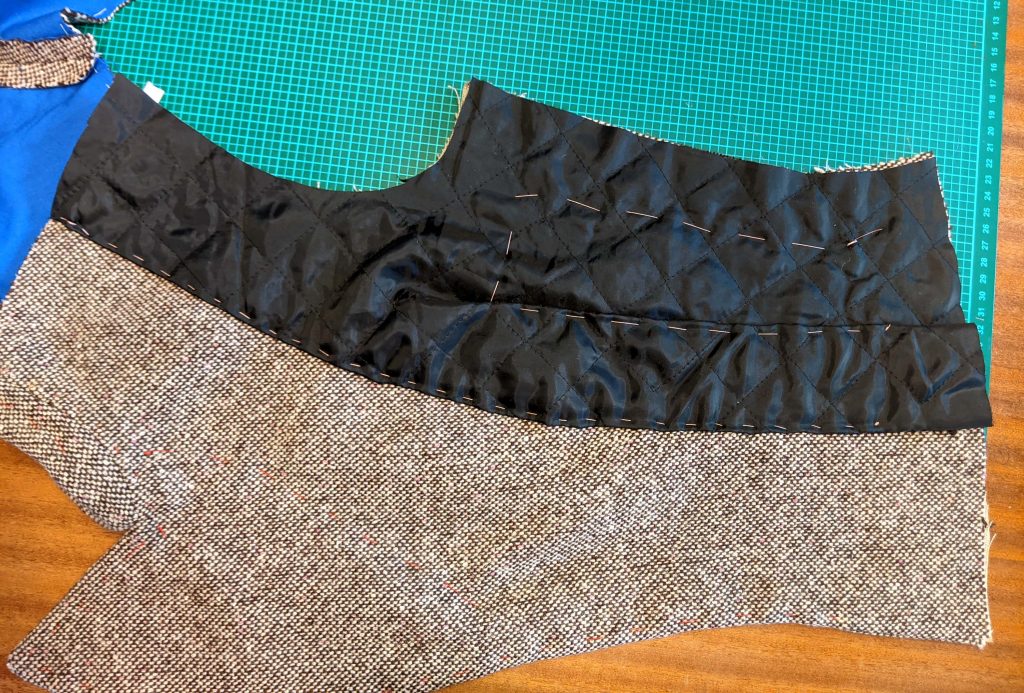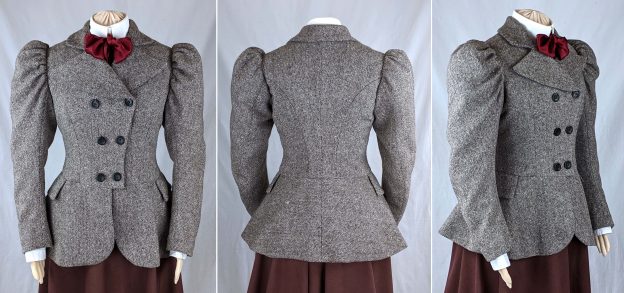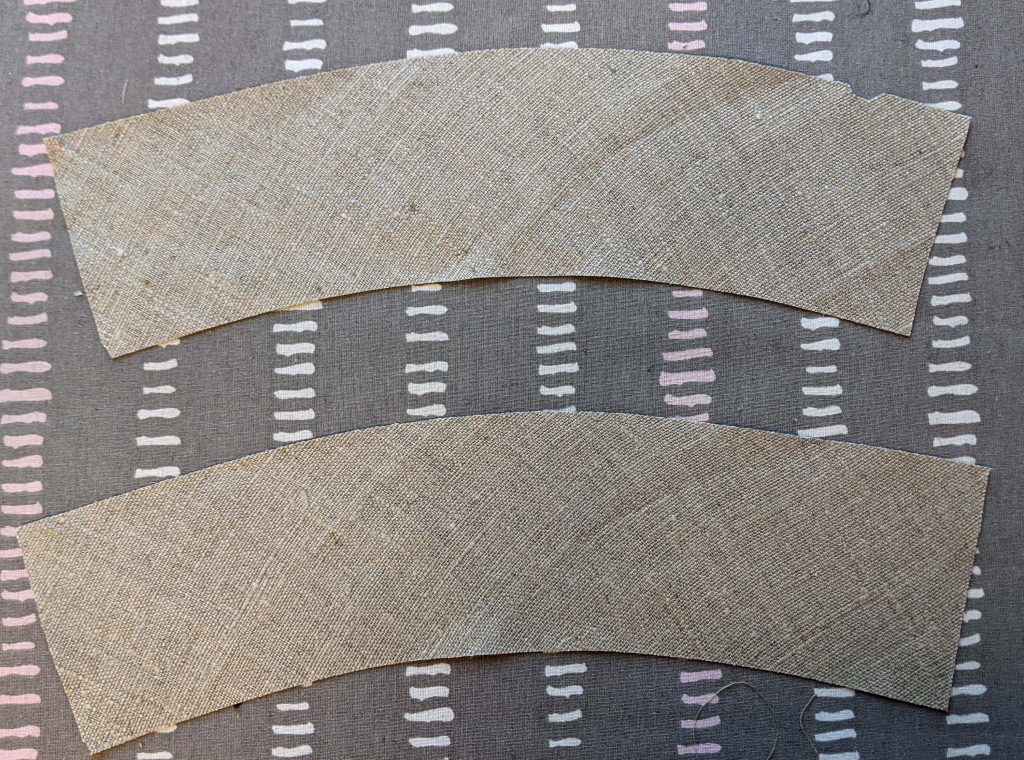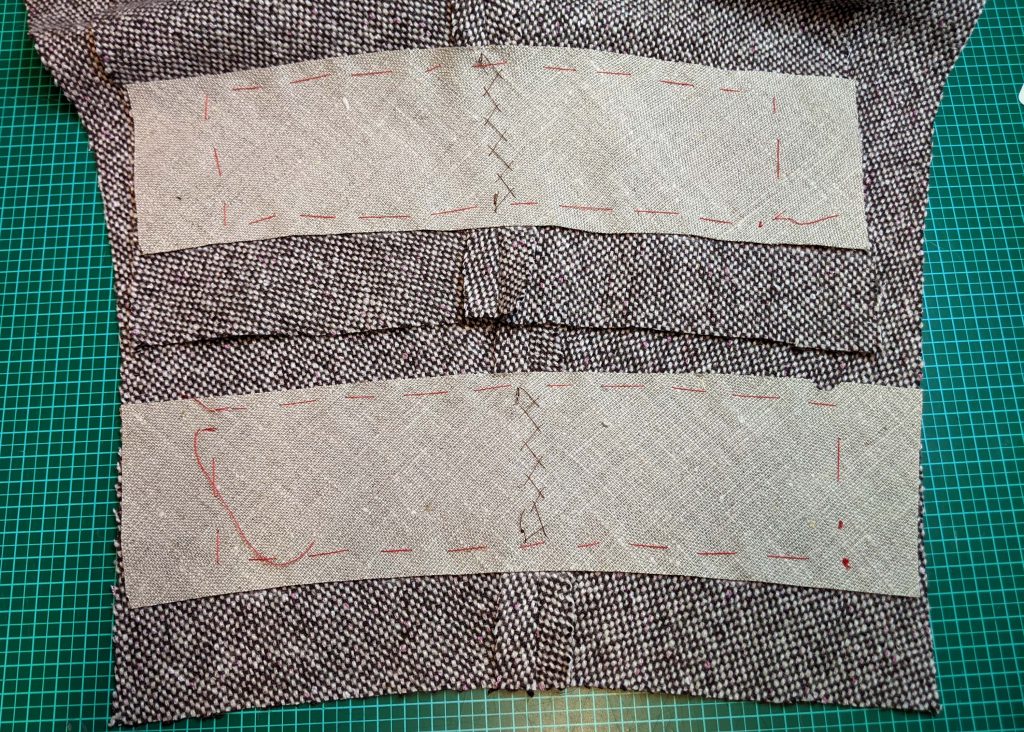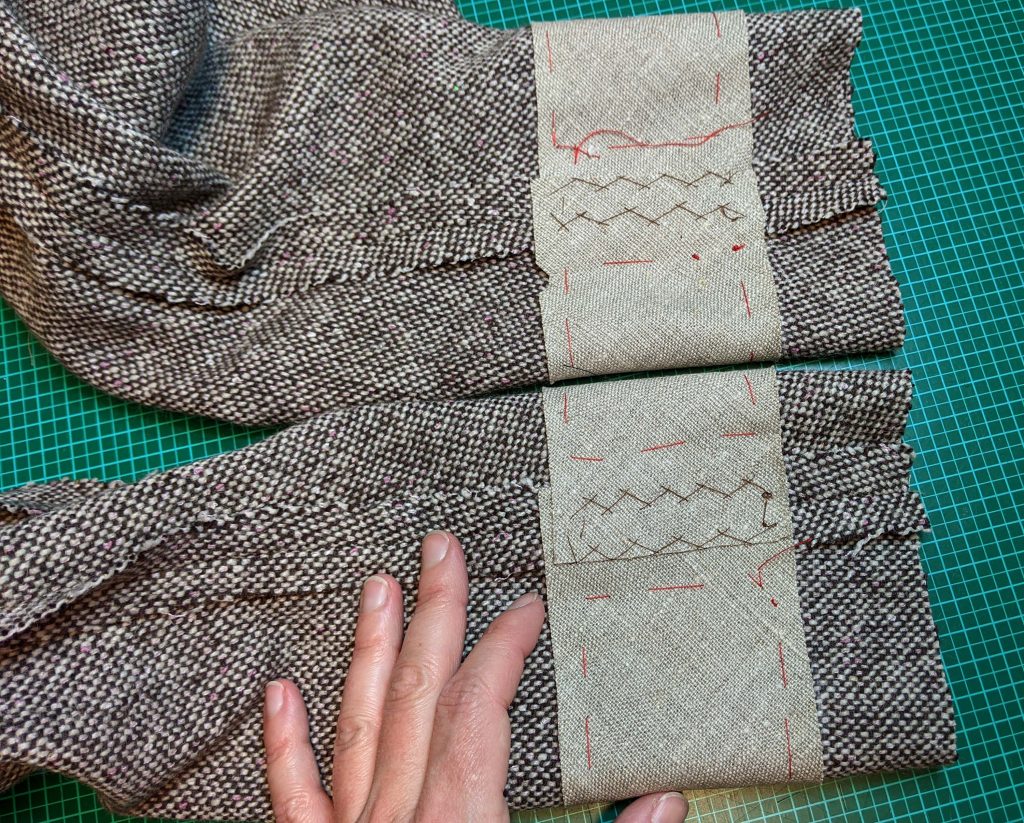Hi everyone!
In this tutorial I´ll show you how I made View B of my pattern #0520. The jacket is a pretty old project from the beginning of my historical sewing journey when I needed a coat or jacket for cold winter days. I browsed extant fashion plates, dresses and sewing patterns, decided to make View A of the jacket for my purposes. I developed the View B with the thought of a perfect winter jacket for history bounding.
First, some words about the pattern and how to cut all the pieces from the fabric. The maximum for my patterns are three sheets of the A0 format, sometimes difficult to realize for historical patterns. For this reason I can´t offer extra pattern pieces for all the pieces needed, sewing a historical dress or jacket, just trying to keep the pattern clear and easy to follow. Ever seen an extant pattern sheet from a fashion journal?
There´s just one pattern piece for the large leg-o-mutton sleeve of View A, with the smaller View B sleeves (or lining sleeves) integrated to the large one.
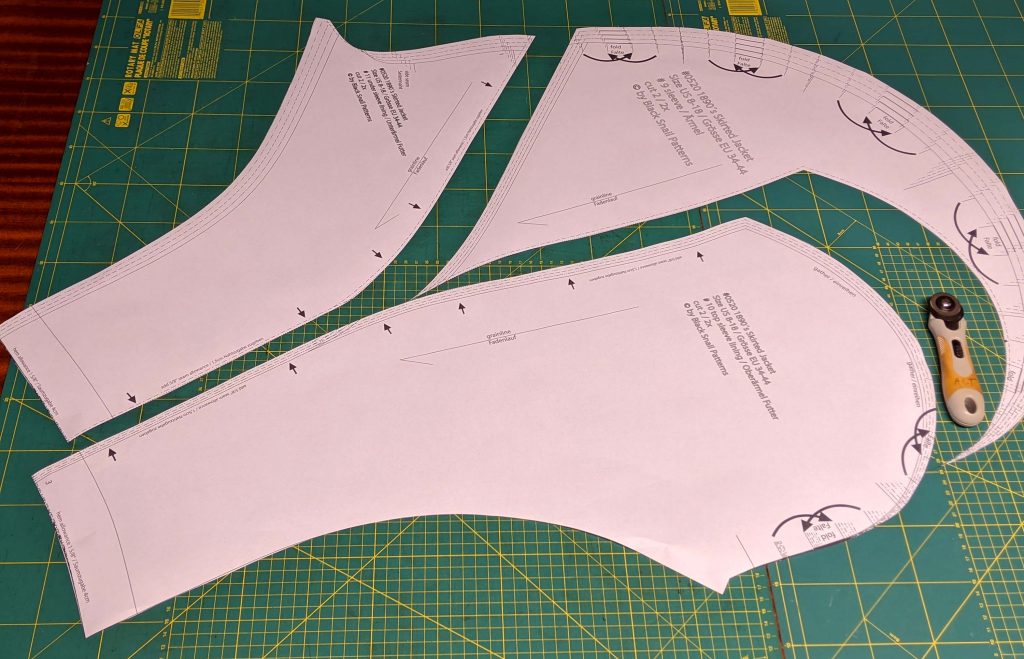
All my patterns come with a seam allowance of 5/8” (1,5cm), just where you can see the arrows (the back sleeve seam) you´ll have to add when cutting from the fabric.



